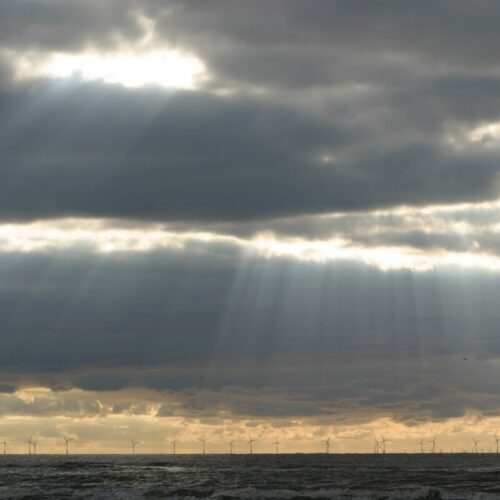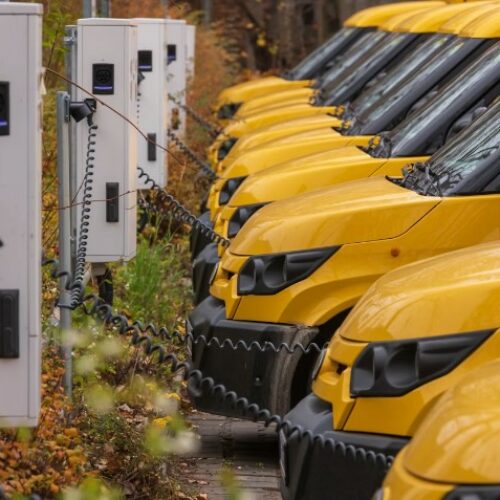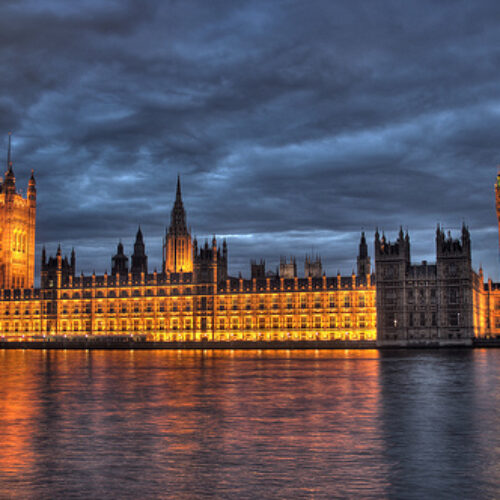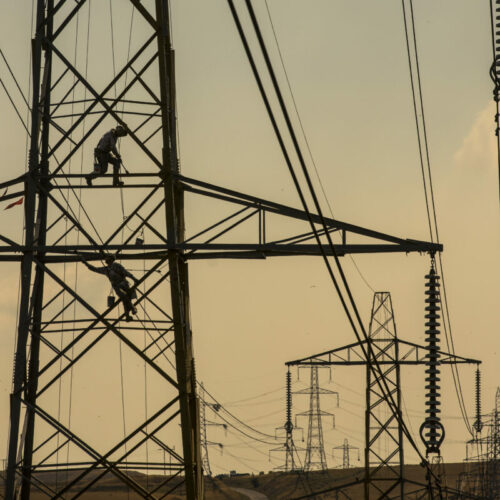As the energy system in Britain continues to transition to meet net zero, the demands on the system operator and those wishing to access the system are changing.
In July, a consultation into the creation of an independent body to take over from National Grid ESO to avoid any perceived conflicts of interest within the industry was announced. This Future System Operator (FSO) will be tasked with taking a holistic view of the country’s electricity and gas networks, allowing expansion and increased resilience.
One of the key challenges to have already emerged for the energy system is grid capacity constraints, with network operators and developers looking for innovative alternatives to traditional grid expansion. This includes start-up Gridmode, which is looking to roll out its connection strategy across the UK.
The company’s founders Steve Serpant (SS) and David Williams (DW) met whilst working in the solar sector, and also run solar developer, owner and operator Gridmove. It was through this work that the concept of Gridmode was born.
Current± caught up with Serpant and Williams to discuss the company’s strategy, its growing pipeline and what it can offer to the FSO.
Could you tell me a little about where the idea for Gridmode came from?
SS: Trying to connect solar farms at transmission level as part of our work at Gridmove, we came up with a strategy for transmission connection and decided to create Gridmode to replicate that idea. We’ve currently got 15-20 400kV substations planned under Gridmode, the equivalent to 6GW of renewable grid capacity and we’re probably going to start energising those late next year with a 10 year programme.
Through that build programme, we’re fixing a lot of the constraints on the transmission grid, and allowing a lot more generation connection, ie. solar and wind.
Gridmode today is a very new young company that is sat on a really big portfolio potentially of grid infrastructure. And if that is all built out that puts us level I think with National Grid in terms of infrastructure, and certainly bigger than any of the other DNOs.
Could you expand a little on what Gridmode’s solution involves?
SS: Essentially people have become really frustrated with the DNO-type connection process, where you just really can’t connect through DNOs anymore for solar generation. We followed a transmission connection route, and so are a lot of other people, but I think what is different about us is because of my technical background. I think I understand the grid a lot better than maybe some of the developers who have singly applied for a solar connection.
So we took a different stance in that we looked at the grid for transmission level, and worked out what was wrong with the grid in the first place, and then did a strategy to fix that. And then we can connect our solar.
In our substation design, we’re fixing elements of the grid, such as frequency response, inertia, and things like that, to enable us to then connect solar. I think that’s what sets us apart.
Economically, what sort of a difference can it make to companies using a solution like Gridmode’s, rather than trying to go through the traditional grid connection process?
SS: I think we are more competitive in terms of the connection cost. But the added benefits of dealing with us is we’ve got a very much simpler process, and there’s some certainty around our connections as we’ve done all of the interaction with the transmission network. So we’ve got a firm offer for capacity, and what we’re doing is passing that on.
A commercial operation solar PV project would have to go through the DNO or the transmission process, which is three to six months before they know if they would get their offer. In that process, they are putting monies at risk. With us it’s a pretty certain situation, in that we give them a grid offer. They pay for it and they get what they’re paid for. There’s no uncertainty.
It’s at a good level, I think we’ve announced £35,000 a megawatt for solar generation connections. Other connection types might vary, and we’ve still got some work to do in that area.
Are you anticipating any particular challenges, especially around the regulatory framework?
DW: We are, because you have to deal with Ofgem and BEIS and co; they don’t tend to work very quickly, I don’t think. The biggest problem that we see is the speed, we want to be disruptive and naturally, this disruption isn’t met with open arms, it’s usually a brick wall, and you have to knock it down a few times.
SS: I think also, there’s a secondary commercial concern in that there is currently a bit of a closed room in terms of how its operated, and bringing in an external competitor, again, it’s not going to be welcomed with open arms.
What has your reaction to the suggestion of the creation of an FSO been?
SS: Well, I think our own knowledge suggests there is either an inefficiency or conflict of interest in the current running of the system and I think something does need to be done, whether it’s an independent system operator, or whether it’s the change in legislation of the current incumbents and how they are controlled.
But we think by default, because we’re putting in such a big infrastructure network of our own, privately owned, we think we could be considered to be a part of the independent system operator process change that’s taking place right now. And certainly, we want to be in on the conversation.
What has your engagement with Ofgem or BEIS been like thus far?
SS: We’re trying to engage at that level through Boris Johnson, BEIS, Ofgem, but because we’re quite a small, new outfit, I don’t think the penny has dropped on their side yet as to what we’re doing, which is actually really disruptive.
We’re extending an open invite to engage with those who want to engage at a high level though.




